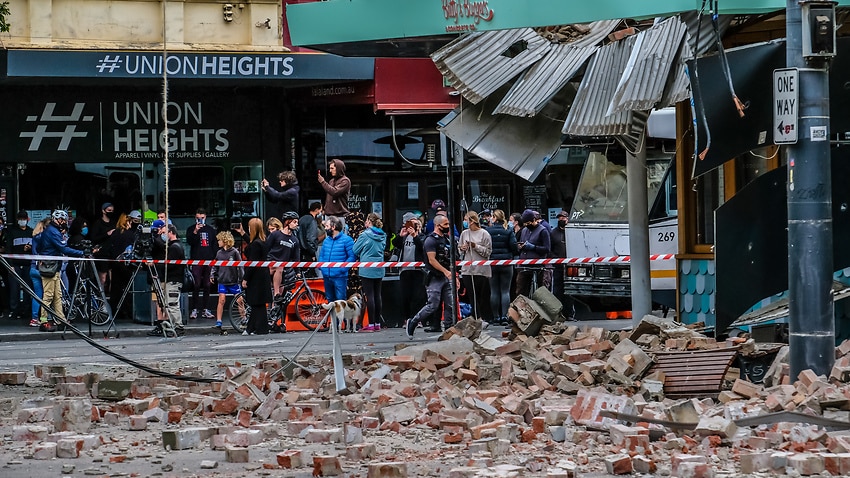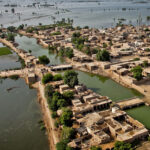Earthquakes are also characterized by aftershocks. After any major seismic activity below the earth, the new order might take a while to finally settle down. During this time, there might be some more activity below the earth (sort of “adjusting” of the new positions for the various plates, layers etc.) These activities result in several more earthquakes. These are called, “aftershocks”. Typically, “aftershocks” are much smaller in magnitude, however, some times, one of the “aftershocks” could be more severe than the main earthquake. Also, “aftershocks” could strike up to several days after the main event.
For example the earthquake in Northern Chile (Nov. 2007) has had aftershocks till 3 days after the main earthquake.
Similarly, in China (May, 2008) an aftershock of the magnitude of 6.4 on the Ritcher scale hit 13 days after the main earthquake on May 12. This aftershock destroyed 70,000 houses and damaged many more. Each of these aftershocks were increasing the anxiety about the capacity of the quake-created lakes to hold their water.


